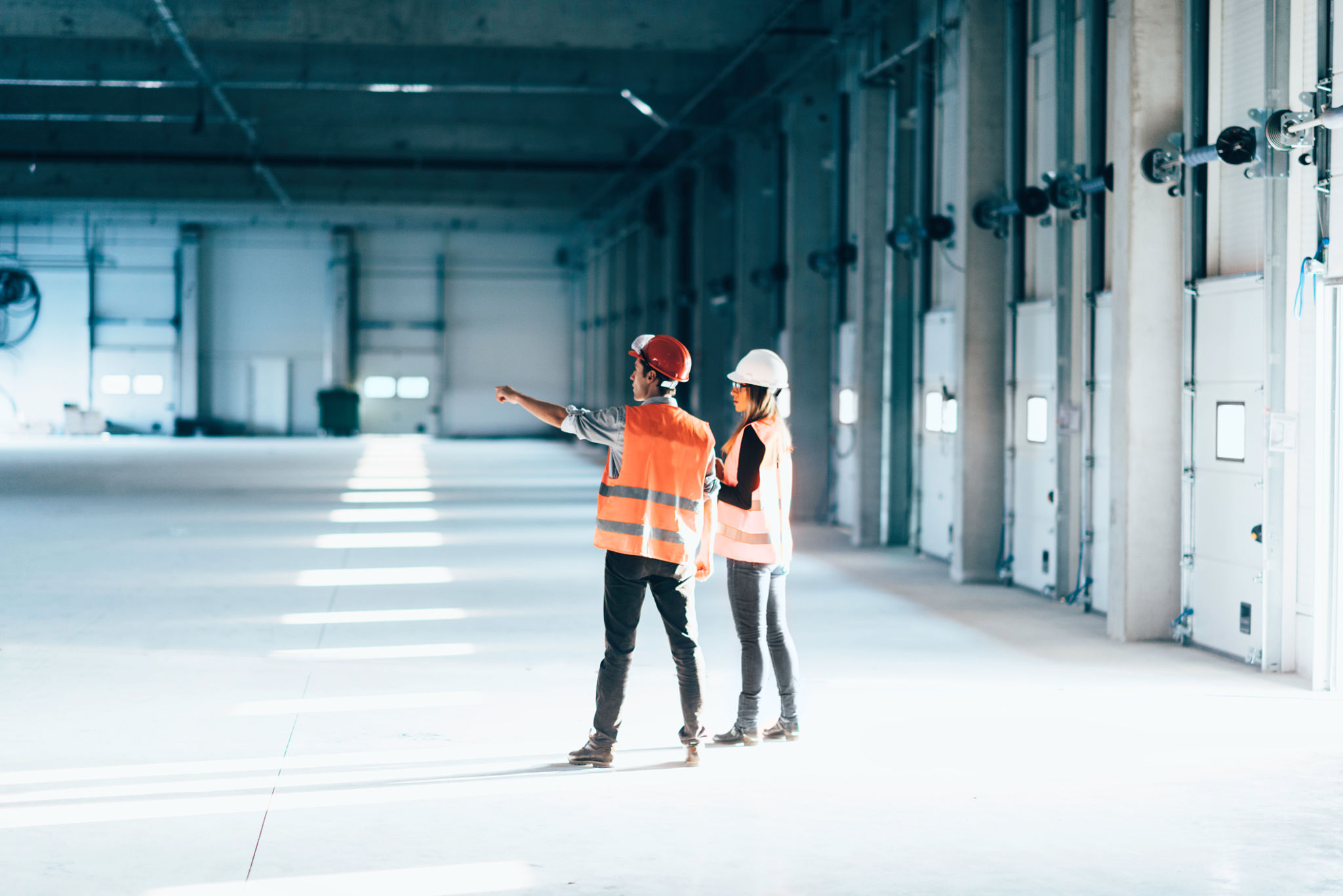Behind the Scenes: How a Multimedia Studio Operates
Introduction to Multimedia Studios
In today's digital age, multimedia studios are the creative powerhouses behind the captivating content we consume daily. From films and music videos to animations and commercials, these studios bring ideas to life through a blend of technology and artistry. But what really goes on behind the scenes in these dynamic environments?

The Creative Process
Every project in a multimedia studio begins with the creative process. This stage involves brainstorming sessions where ideas are discussed and conceptualized. The team, often composed of directors, writers, and designers, collaborates to outline the project's vision. This phase is crucial as it sets the tone and direction for all subsequent work.
Once the concept is finalized, storyboarding comes into play. Storyboards act as visual guides, detailing scene sequences and camera angles. This helps the team ensure that everyone is on the same page and allows for early adjustments before production begins.
Pre-Production Planning
Pre-production is all about planning and preparation. This stage involves scheduling, budgeting, casting, and location scouting. The logistics of the project are meticulously planned to ensure a smooth production phase. Producers and project managers work closely to allocate resources efficiently and to anticipate any potential challenges.

The Production Phase
The production phase is where the magic happens. It's the stage where all the pre-production efforts come together, and the actual recording or shooting commences. Teams work tirelessly on set or in studios, utilizing cameras, lighting, and sound equipment to capture the essence of the project. This phase requires precision and coordination among crew members to adhere to the envisioned storyboard.
Post-Production Magic
After capturing raw footage, the post-production phase begins. This involves editing, sound design, and special effects. Editors work to piece together scenes in a coherent and engaging manner, while sound designers enhance the auditory experience with effects and music. Special effects artists add digital elements that elevate the visual storytelling.

The Role of Technology
Technology plays a pivotal role in the operation of a multimedia studio. From high-definition cameras to advanced editing software, these tools enable creators to push the boundaries of imagination. Cutting-edge technologies like virtual reality and motion capture are also being increasingly integrated to create immersive experiences.
Collaboration and Teamwork
A multimedia studio thrives on collaboration and teamwork. Each team member, from directors to editors, plays a vital role in bringing a project to fruition. Effective communication and coordination are essential for ensuring that every aspect of the project aligns with the initial vision.
Conclusion
The operation of a multimedia studio is a complex yet fascinating process. It involves the seamless integration of creativity, planning, technology, and teamwork. By understanding what happens behind the scenes, we can better appreciate the artistry and effort that go into creating the multimedia content we love.
